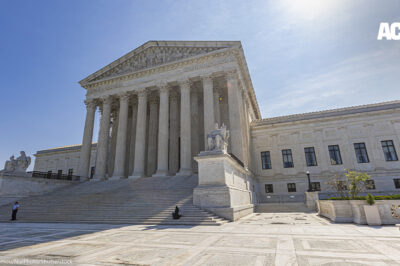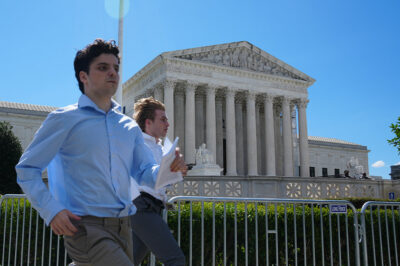Tulsa’s Troubling Past is Not Far Removed from Its Present


The Tulsa massacre of 1921 may have become known to many Americans because of a fictional HBO series, but it actually happened. Is the probable discovery of heretofore undiscovered mass graves in Tulsa enough to propel the city to a reckoning — an unambiguous admission of responsibility for horrific acts and a determined mind to make right what was wrong? We are about to find out.
In a recent public oversight committee meeting in Tulsa, it was announced that a team of forensic scientists using ground-penetrating radar at sites around the city found anomalies consistent with mass graves at two locations, suggesting that the scale and scope of the massacre may be even more extensive than previously admitted by authorities. Until the truth is reckoned with, the stench of racism will hover on Tulsa.
The original narrative around the 1921 Tulsa massacre was that Blacks were armed, intoxicated and unjustifiably violent. The local paper described the Greenwood section of the city not as Black Wall Street, but as “Niggertown,” and original official estimates were about 36 people killed. These reports were contradicted by American Red Cross Worker Maurice Willows, who spoke of mass graves and estimated the dead at 300.
The racist narrative around the 1921 massacre was false. The Black community was preventing a lynch mob from killing a young Black man who had been unjustly arrested. The only shot fired by a Black person while confronting the lynch mob came during a struggle with a white man and resulted in no one being injured. During the massacre, people took private airplanes and flew over Greenwood dropping burning balls of turpentine on the buildings and homes, causing many of the structures to burn from their top. Blacks were gunned down in the street when they fled burning buildings.
This was not a riot or a disturbance — it was a massacre. And the findings suggest a deliberate attempt to cover-up what happened — an attempt that was successful for decades.
The mayor of Tulsa has called these possible mass grave sites potential crime scenes. Why? Because nobody was prosecuted for their role in the massacre, despite the existence of photographs showing whites walking down the street carrying guns and the ability to identify whites who had access to planes on the day of the massacre.
Over the last 99 years, prosecutors and law enforcement turned a blind eye to this atrocity committed against the Black community of Tulsa. Even if no one alive can be prosecuted, naming names and placing responsibility where it lies is a critical part of a reckoning.
The narrative the 2016 killing of Terence Crutcher by Tulsa police reflected the narrative about the 1921 massacre. Both narratives suggest that the deaths of Black people were ultimately their own fault.
When the findings of the forensic team were announced Monday, Terence Crutcher’s twin sister Dr. Tiffany Crutcher was in the audience. She left her career to establish the Terence Crutcher Foundation, and she has led the way in making sure the false narrative about her brother does not survive. The not-guilty verdict in the criminal trial of Crutcher’s killer simply means the state did not prove the case beyond a reasonable doubt.
The verdict does not change the fact that Terence had his hands in the air and was unarmed, was not advancing toward the officers when he was shot, and never made an aggressive move toward the officers. The verdict does not change the fact that the officer who killed Crutcher admitted that she had cleared his car and determined that there were no weapons in it before she killed him. The verdict doesn’t change the fact that the same jury that acquitted the officer appended a note to the verdict questioning her training and her actions, and whether she should be allowed to return to law enforcement.
A reckoning for the massacre and the murder is required and overdue. Tulsa can reject the false racialized narrative it has clung to for a century and start a new 100 years of progress away from racism.
Apologies and commemorations are a necessary part of the reckoning process, but they are not enough. A true reckoning requires action — and leaders of impacted communities in Tulsa should expect action when they speak to the city about making what is wrong right again.



